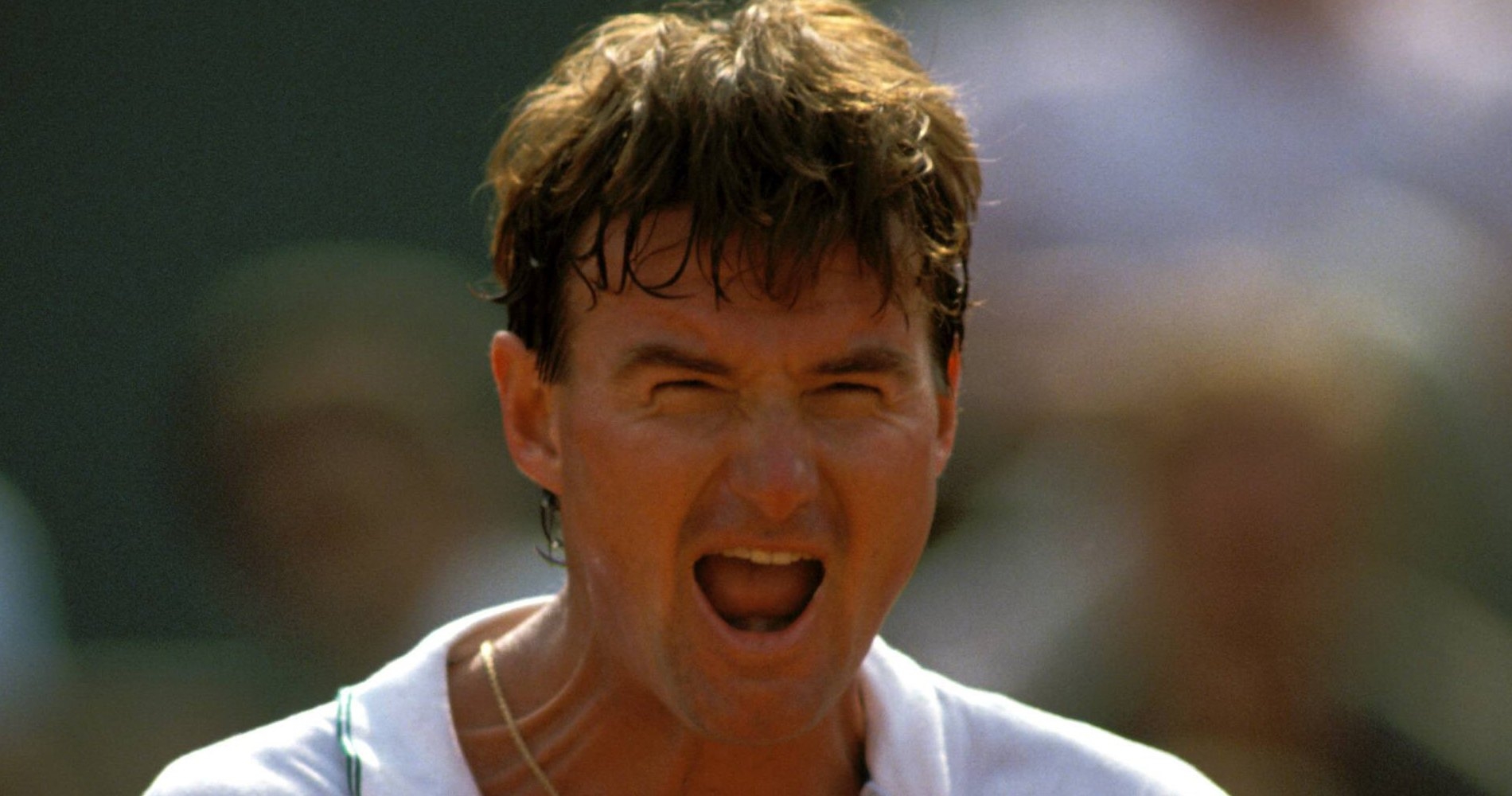August 23, 1977: The day Bjorn Borg became world No 1 for the first time
Every day, Tennis Majors takes you back in time to relive a tennis event which happened on this specific day. On this day in 1977, Bjorn Borg became the world’s top-ranked player only to lose it to Jimmy Connors the following week

What happened exactly on that day?
On this day, August 23, 1977, Swedish legend Bjorn Borg became world No. 1 for the first time by taking over the top spot from Jimmy Connors, who had held the top spot for the past 160 weeks (since July 29, 1974). Borg held the No 1 ranking for only one week before the American reclaimed it for another 84 weeks. However, it was an important milestone for the 21-year-old, who had already claimed 25 titles, including four Grand Slams (Roland-Garros in 1974 and 1975 and Wimbledon in 1976 and 1977).
The player involved: Bjorn Borg
- Bjorn Borg: Tennis’ first rock star
Bjorn Borg, born in 1956 in Sweden, was a champion who changed the game of tennis forever. His unprecedented stardom and incredible success were the main reasons why tennis became such a popular sport in the 1970s. His game style, which involved a lot of topspin and a double-handed backhand, was revolutionary and would be copied by players from all over the globe. His nickname, “Ice Borg,” reflected his attitude on the court: he seemed to have his emotions under control at all times.
Borg started playing tennis as a nine-year old. By the age of 15, he was already a member of the Swedish Davis Cup team, and in his first appearance at the competition, he won his singles match against New Zealand’s Onny Parun. He turned pro the following year in 1973, before he had turned 17, and soon thereafter, he reached the final in Monte-Carlo, where he was defeated by Ilie Nastase (6-4, 6-1, 6-2).
Borg’s domination of the game started in 1974, when, at the age of 18 he claimed his first Grand Slam title at Roland-Garros, becoming the youngest ever French Open champion by beating Manuel Orantes in the final (2-6, 6-7, 6-0, 6-1, 6-1). Since the start of his career, only one player had managed to defeat Borg in Paris: Italy’s Adriano Panatta, who beat him in 1973 and 1976. Otherwise, the Swede remained undefeated in Paris, where he had triumphed a second time in 1975 by defeating Guillermo Vilas in the championship match (6-2, 6-3, 6-4). In 1977, Borg decided to play the World Team Tennis, a well-paying team competition held in the United States in the spring and thus skipped the French Open.

Since 1976, he had also proven himself invincible at Wimbledon, lifting the trophy that year (outplaying Nastase, 6-4, 6-2, 9-7) and again in 1977 (defeating Connors, 3-6, 6-2, 6-1, 5-7, 6-4). As Borg had played the Australian Open only once, in 1974, it was assumed that the only major title he was still actively chasing was the US Open, where he had lost in the final to Connors in 1976. Borg also remained undefeated in Davis Cup singles competition, having won all 19 of his matches under the Swedish flag.
The facts: Borg becomes No 1 soon after winning his second Wimbledon title
Borg had been world No 2 since March 1976. The Swedish star was trailing only Connors, who had been No 1 since July 1974. At the time, Borg dominated the game on clay, and he knew that in order to become the best player in the world he had to improve on fast surfaces, particularly on grass. In 1976, determined to win Wimbledon, he dedicated two weeks to practicing serve-and-volley tactics and became the youngest player to ever win the tournament without dropping a single set, even beating an experienced Nastase (6-4, 6-2, 9-7). In 1977, “Ice Borg” had much more trouble defending his title: in order to remain the Wimbledon champion, he had to survive two five-set thrillers.
In the semi-final, he battled for more than three hours and saved a match point to edge Vitas Gerulaitis in one of the greatest matches in the tournament’s history (6-4, 3-6, 6-3, 3-6, 8-6). In the final, Borg pulled out another epic performance to prevail against Connors (3-6, 6-2, 6-1, 5-7, 6-4).
Thanks to his Wimbledon success, Borg, despite his decision to skip Roland-Garros in order to represent the Cleveland Nets in the money-making World Tennis Tour, was now closer than ever to becoming world No 1. Although it did not happen right after his second triumph at the All-England Club, it was just a matter of time. A few weeks later, on August 23, 1977, Bjorn Borg sat on top of the ATP rankings for the first time, becoming only the fourth player to hold the top spot since the rankings were established in 1973.
What next? Borg would spend a total of 109 weeks at the No 1 spot
Borg would only stay world No 1 for one week in 1977, as Connors reclaimed the spot on August 30. The Swede, suffering from a shoulder injury, would retire in the fourth round of the US Open against Dick Stockton (6-3, 4-6, 0-1) and he would be return only in October to claim five consecutive titles.

The fact that Borg and Connors held the No 1 spot in a season mostly dominated by Vilas, who had won Roland-Garros and also beat Connors in the US Open final, would make the ATP ranking system come under criticism by numerous tennis experts.
Borg would become world No 1 again in March 1979, holding the spot for a total of 41 weeks before a new rival would emerge: John McEnroe. Nevertheless, Borg would remain dominant until 1981, with a total of 109 weeks spent on top of the rankings list. The constant attention and pressure would eventually lead him to burn out and quit professional tennis in 1981 at the age of 26, having already won 64 tournaments, including 11 Grand Slams and two Masters Cups titles. He attempted a comeback to the sport in the 1991-1993 period but was unable to score a win during that period.















